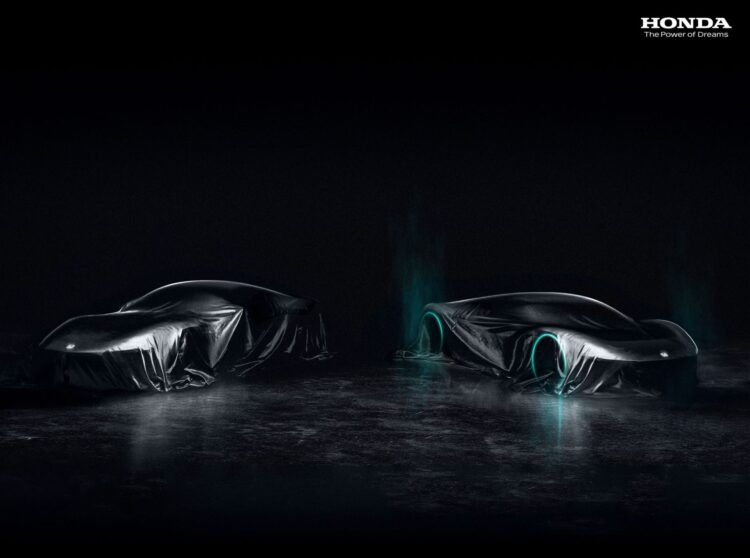Japanese carmaker Honda has announced its plan to invest at least $40 billion in electric vehicles (EVs) through 2030 to accelerate the development of its EV lineup. The company aims to increase hybrid and fully electric models to make up to 40% of total sales by the end of the decade. In this article, we will delve deeper into The company’s plans for its EV lineup, its continued commitment to internal combustion engine (ICE) vehicles, and its focus on two main components to achieve carbon neutrality.
To realize its plan of having up to 40% of total sales come from EVs, The company will establish a standalone business unit next month that will oversee the development of the company’s new EV models, battery production, and a possible standalone charging network.
This move is significant for Honda, considering that it currently only has a single full-electric model on sale outside of the United States, the Honda E hatchback. To increase its EV offerings, The company is partnering with General Motors to introduce two all-new EVs in the US market, the Honda Prologue and the Acura ZDX, both of which are set to debut in 2024.

However, The company’s plan doesn’t stop there. The company is also developing its EV architecture, which its CEO confirmed will be a part of a 2026-bound vehicle in North America. Future Honda EVs will also make use of internally-developed battery packs, some of which will be built at the firm’s $3.5 billion joint venture with LG in Jeffersonville, Ohio, starting in 2025.
Honda’s continued commitment to ICE vehicles
Despite Honda’s ambitious plan for its EV lineup, the company’s CEO, Toshihiro Mibe, has emphasized that the company will continue making ICE vehicles. Mibe believes that ICE vehicles could last until 2040 and beyond, with the help of newly developed e-fuels, according to Reuters.
To support this claim, Honda is currently running feasibility studies on low-carbon e-fuels that could keep current combustion-engined vehicles running for at least a decade or two, especially in performance cars, big trucks, and airplanes.

Honda’s focus on electrification and fuel cells
While Honda plans to continue producing ICE vehicles, the company is now focused on two main components to achieve carbon neutrality: electrification and fuel cells. Electrification involves using battery-powered electric motors to power vehicles, while fuel cells use hydrogen to generate electricity to power the vehicle’s motor.
Honda has been a pioneer in fuel cell technology, having launched its Clarity fuel cell car in 2016, which has since been succeeded by the Honda FCX Clarity. The company is now planning to launch a new fuel-cell car in 2023.
Conclusion
The company’s $40 billion investment in EVs through 2030 is a significant move towards achieving carbon neutrality. The company’s plan to increase hybrid and fully electric models to make up to 40% of total sales by the end of the decade is ambitious, considering that the company only has a single full-electric model on sale outside of the United States.

However, Honda’s continued commitment to ICE vehicles, with the help of newly developed e-fuels, shows that the company is not turning its back on its traditional roots just yet. The company’s focus on electrification and fuel cells is a clear indication of the company’s desire to lead the way toward a sustainable future.
Considering the rumors, such as the brand new EV presented by Honda and Sony, Afeela EV, we have a chance to make gas-powered cars a thing of the past very soon.





